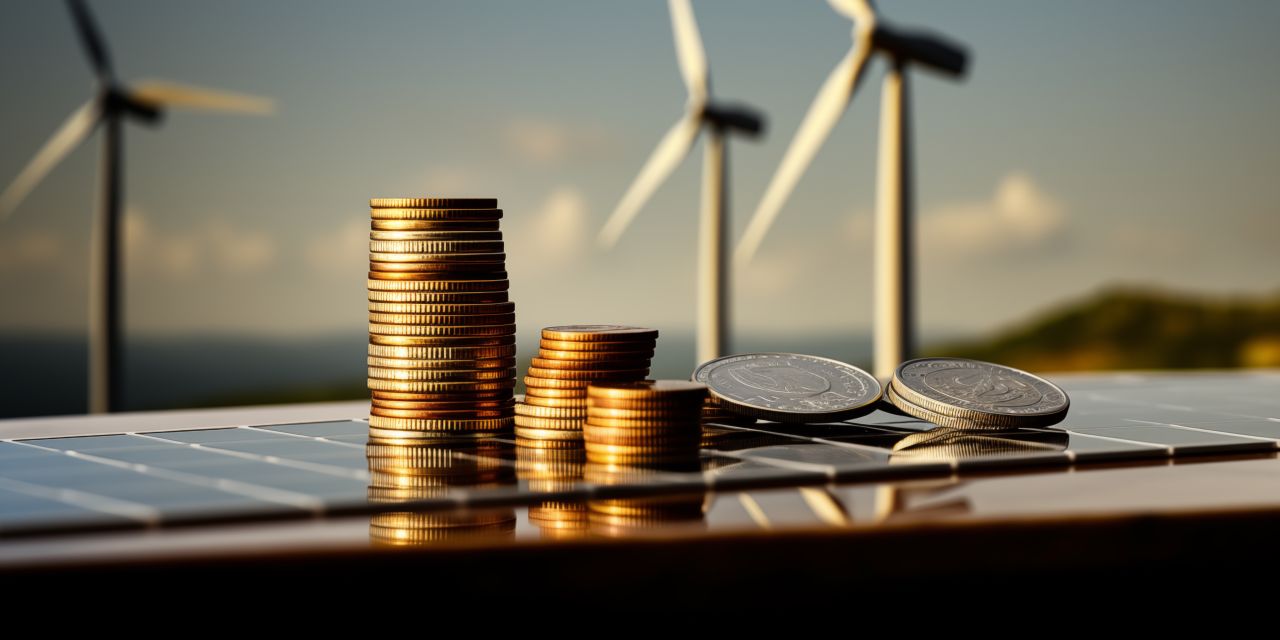Hard Facts on Renewable Energy: Breaking Down the Real Economic Benefits of Solar and Wind


Cut through the green tape
We don't push agendas. At Net Zero Compare, we cut through the hype and fear to deliver the straightforward facts you need for making informed decisions on green products and services. Whether motivated by compliance, customer demands, or a real passion for the environment, you’re welcome here. We provide reliable information—why you seek it is not our concern.
As the world transitions towards a more sustainable energy future, solar and wind power are leading the charge. These renewable energy sources not only offer environmental benefits but also provide significant economic advantages that are reshaping industries and markets.
Job Creation
The renewable energy sector is a powerful engine for job creation. Globally, the renewable energy sector employed over 12 million people in 2020, according to the International Renewable Energy Agency (IRENA). This figure represents a significant increase from previous years, highlighting the rapid growth of the industry. The wind energy industry in particular has become a major employer:
In 2022, the U.S. wind energy industry employed over 125,000 workers, reaching a new record.
Jobs in the wind sector include turbine technicians, engineers, component manufacturers, project developers, and supply chain managers.
The solar industry has also become a significant job creator, with roles in manufacturing, installation, and maintenance. In the United States specifically, the solar industry has seen remarkable job growth. The latest National Solar Jobs Census reports that U.S. solar industry jobs reached 279,447 in 2023, marking a record-high. From 2022 to 2023, solar jobs in the U.S. increased by 15,564, representing a 5.9% growth. The utility-scale solar sector in particular has seen significant growth, with jobs in this area increasing by 6.8% in 2023
Solar and wind projects not only create construction and operational jobs but also generate economic activity in local communities. From equipment manufacturing to maintenance, the ripple effect of renewable energy investment is transforming economies, particularly in rural areas where wind and solar farms are often located.
Revenue for Local Communities
Large-scale solar and wind projects often require substantial land areas, providing opportunities for local landowners to lease their land for energy production. These leases generate a steady income stream for farmers, ranchers, and other landholders, often in rural and underserved areas. The U.S. wind industry paid an estimated $1 billion in state and local taxes in 2022. Wind farms often make lease payments to landowners, providing around $935 million to rural landowners in 2022. This revenue can fund schools, roads, emergency services, and other community infrastructure.

Export Opportunities
Countries with strong renewable energy sectors can benefit from export opportunities:
China produces more than 70% of the global solar PV module supply. The country is also the world's largest exporter of solar panels, with significant markets in Europe and other regions. China's renewable energy export success is built on its massive domestic manufacturing capacity and government support for the sector.
Industrial Development
Wind Turbines and the Steel and Automotive Industries
Manufacturing wind turbines rely heavily on steel production, creating demand for high-quality materials and boosting local steel industries. According to IRENA, this demand supports local economies by increasing investment in manufacturing capacity. Similarly, the automotive sector, with its expertise in precision engineering and large-scale manufacturing, has a natural overlap with wind turbine production. Companies already working with advanced robotics and automation for vehicles can pivot to wind turbine component production, driving innovation and job creation in both sectors.
Solar Panels and the Semiconductor Industry
The production of solar photovoltaic (PV) panels shares technological similarities with the semiconductor industry, especially in the processing of silicon. This synergy allows countries with a robust semiconductor industry to expand into solar panel manufacturing. This industrial crossover enables knowledge transfer, leading to more efficient manufacturing processes, reducing costs, and accelerating innovation in solar technology.
Cost Savings
The cost of solar and wind energy has seen a dramatic decline over the last decade, making them highly competitive with traditional fossil fuels. For solar PV, costs have dropped by 80% since 2010, and wind energy prices have fallen by around 40% in the same period. These trends are expected to continue, with solar and wind projected to become the cheapest sources of new electricity generation globally by 2030. Economies of scale, technological advancements, and more efficient manufacturing processes are driving these cost reductions.
Additionally, renewable energy projects benefit from lower operating costs. Once installed, solar and wind farms have minimal fuel expenses (since sunlight and wind are free) and lower maintenance costs compared to fossil fuel plants. This combination of low capital expenditure and minimal operational costs makes renewables a long-term solution for reducing energy expenses.
By 2030, solar and wind energy are expected to consistently undercut the cost of fossil fuel power generation, even without subsidies. This shift will make renewable energy not only environmentally sustainable but also the most economically viable option for new electricity production.
Source: irena.org

Case studies
Wind Energy in Colorado - Rush Creek Wind Farm
A study by the National Renewable Energy Laboratory (NREL) examined the economic impacts of the Rush Creek Wind Farm in Colorado:
The project supported jobs, earnings, and economic output across the state and in a four-county region.
Local community members reported increased business activity due to the wind farm development.
The study used both modelled data and interviews with 39 local stakeholders to assess impacts.
Biomass Plant in Fort Fairfield, Maine
A 32-MW biomass plant in Fort Fairfield, Maine demonstrated significant local economic benefits:
Created approximately 140 jobs (38 at the plant, 100 in wood harvesting)
Provided over 30% of the town's property tax base
During construction, developers spent over $8 million in Maine, including $5.3 million in wages to local workers
Vital to the local economy in an area with limited job opportunities

More related content

Extended Producer Responsibility (EPR) for Packaging: Country-by-Co...

What Is Scope 3? Understanding Indirect Emissions and Their Regulat...

The EU's Omnibus Proposal: A Deep Dive
